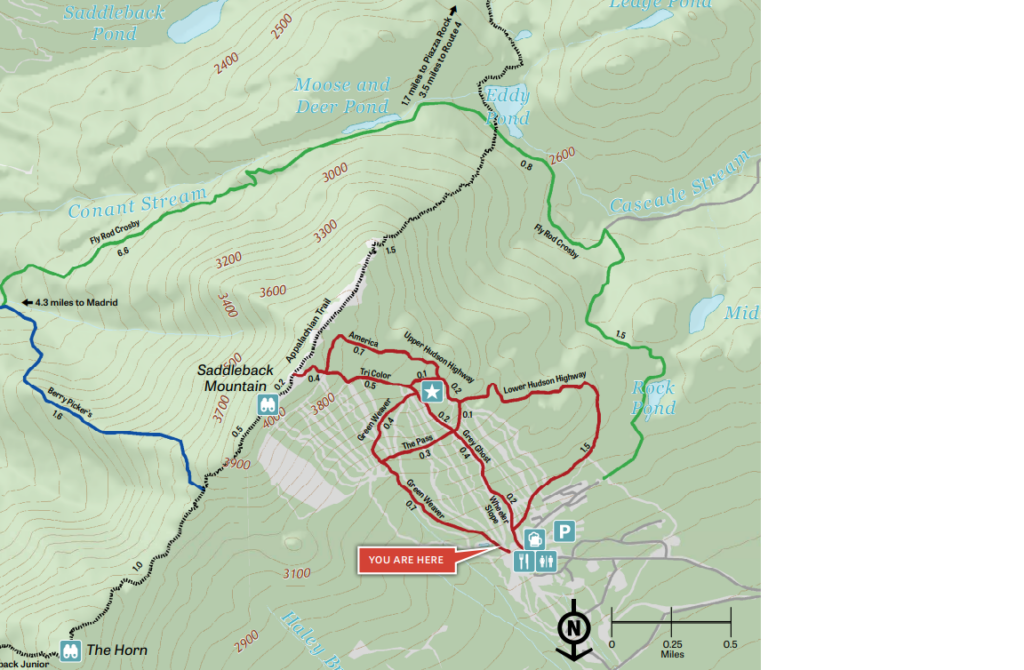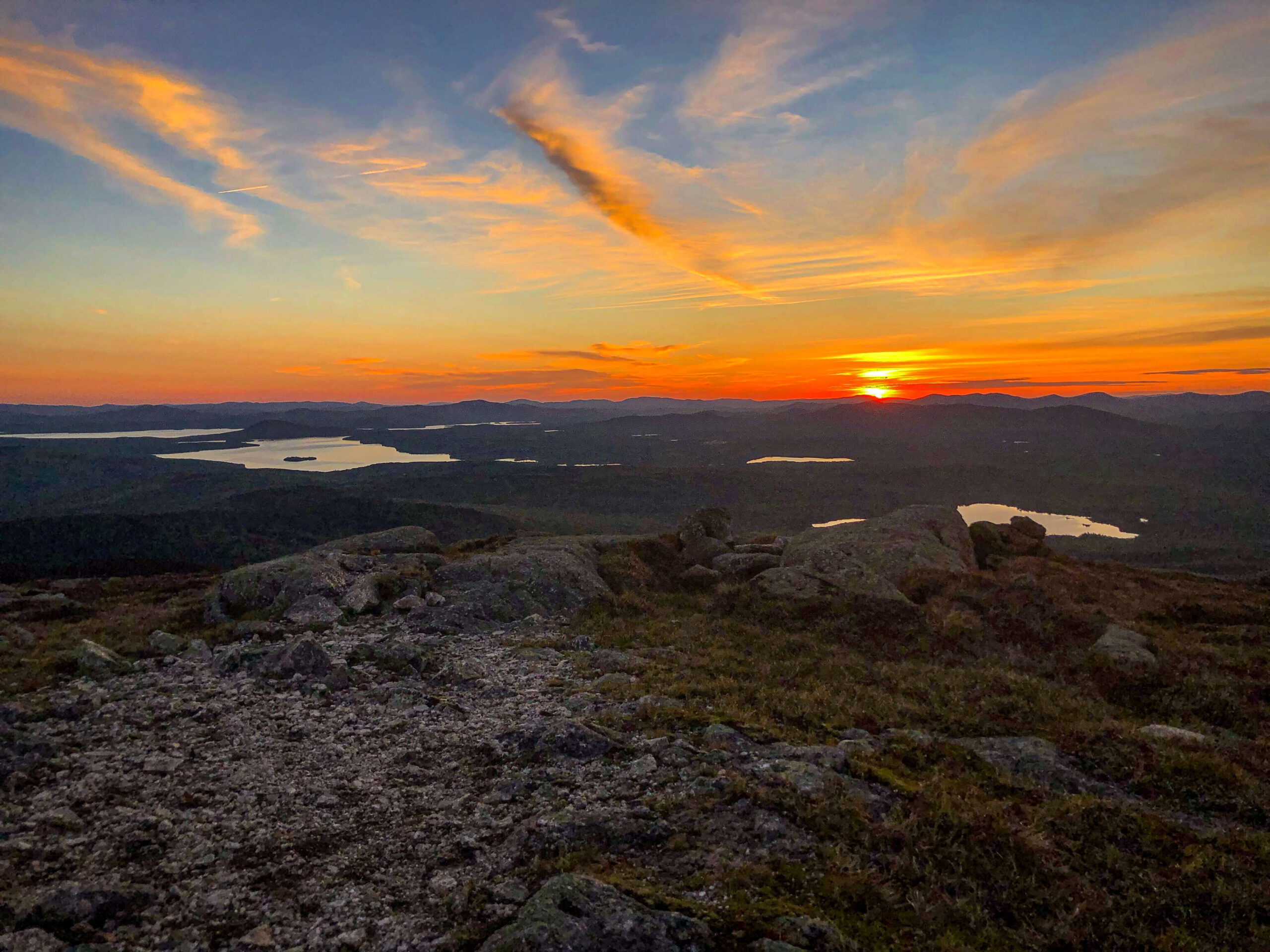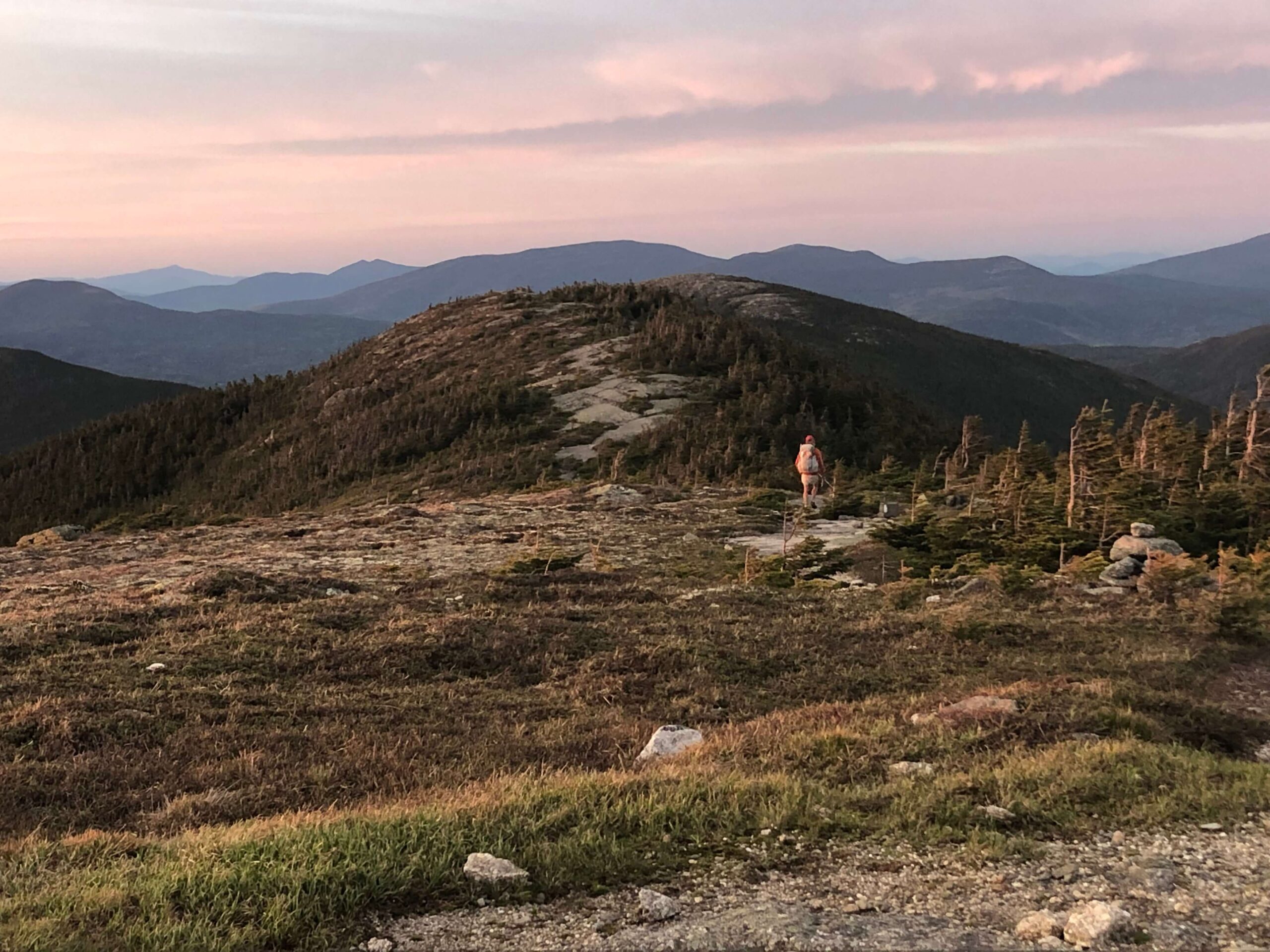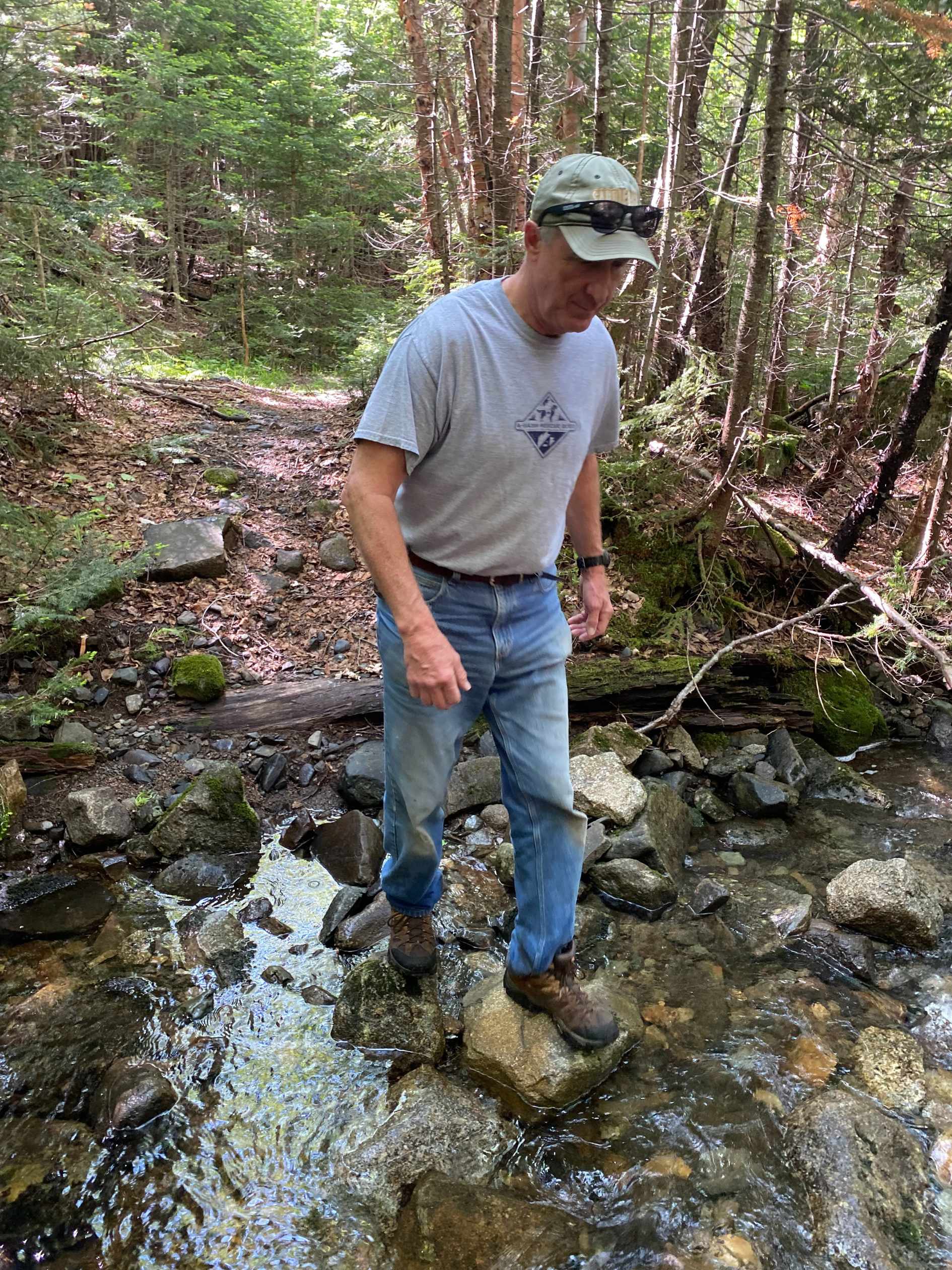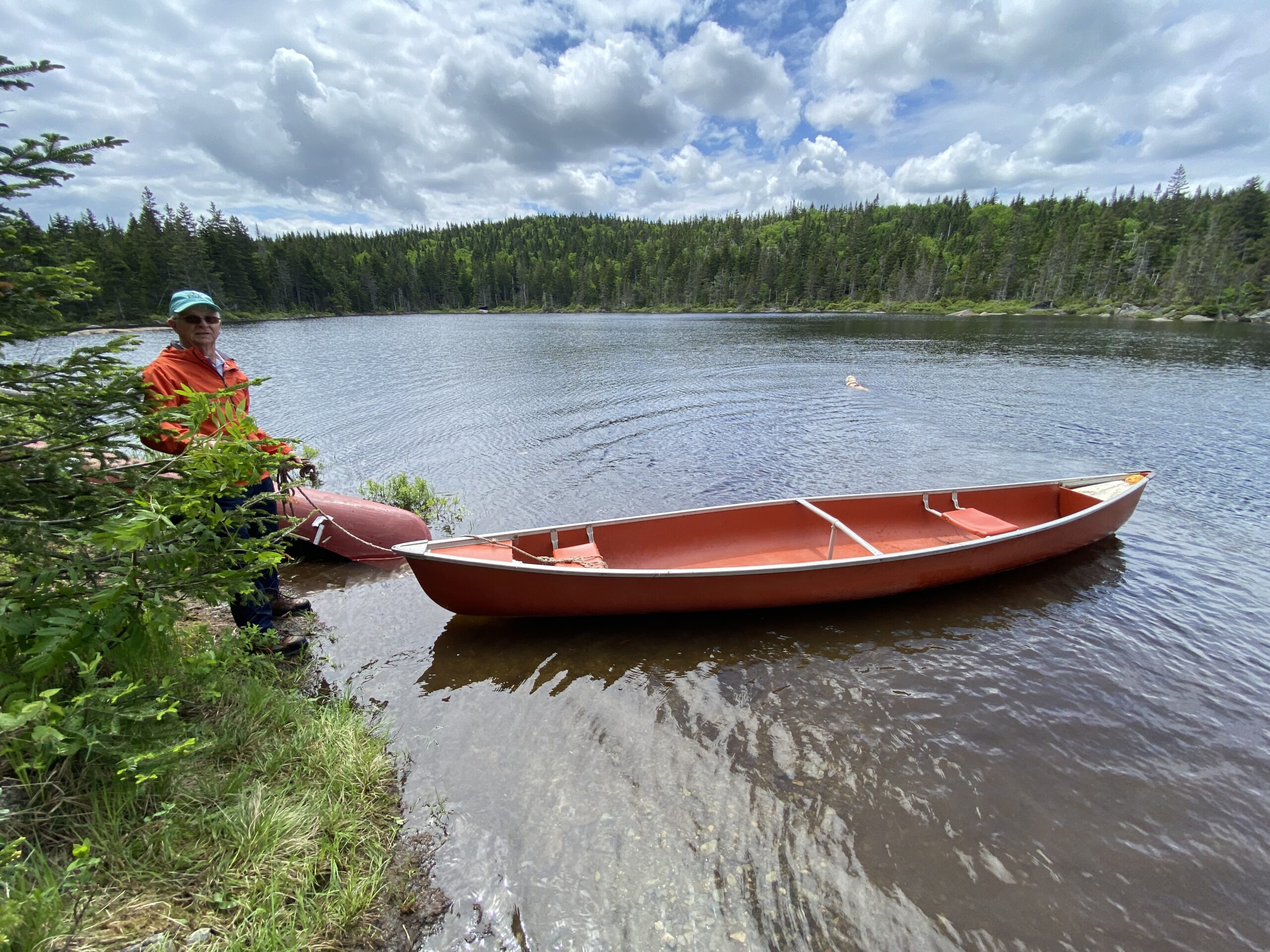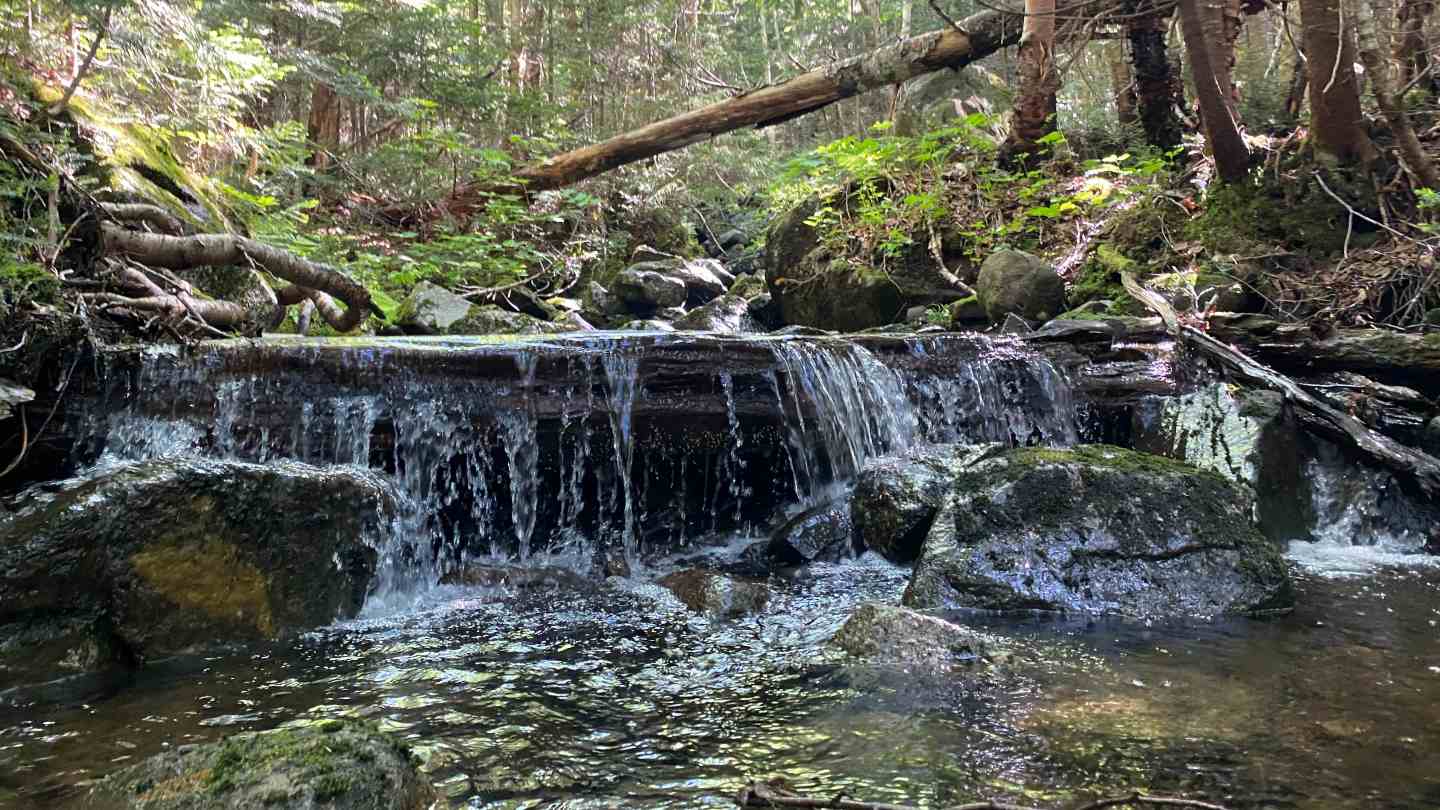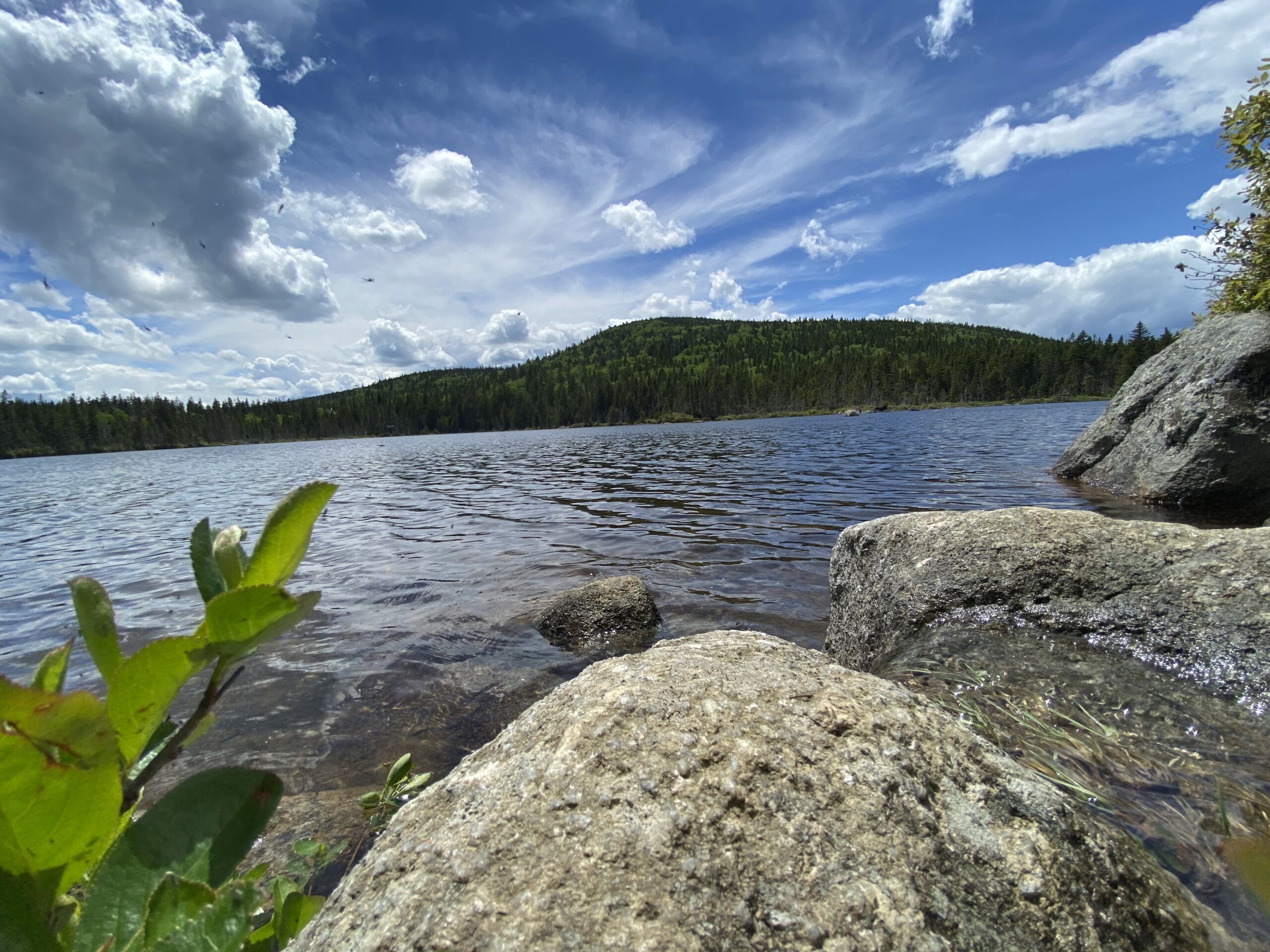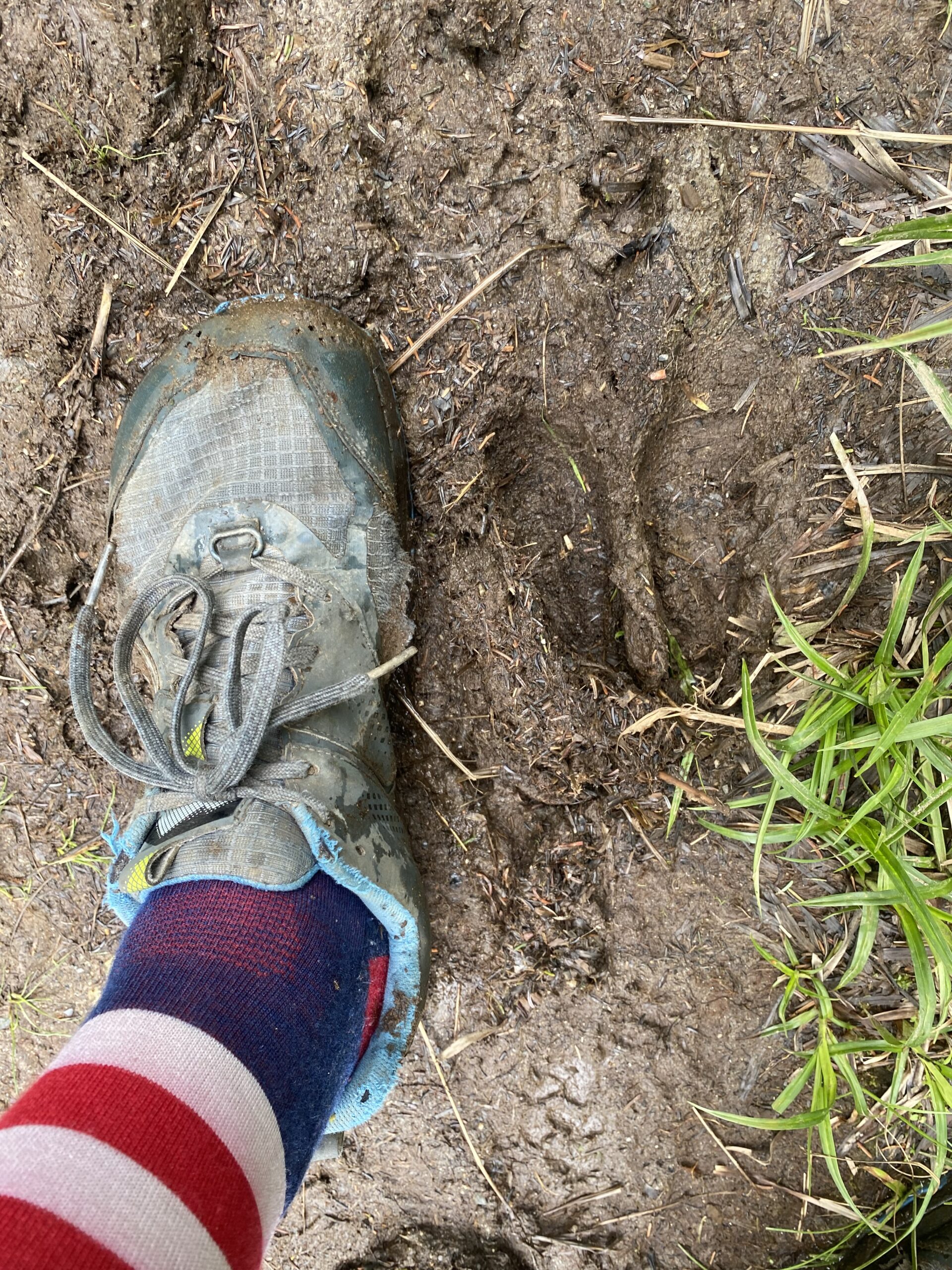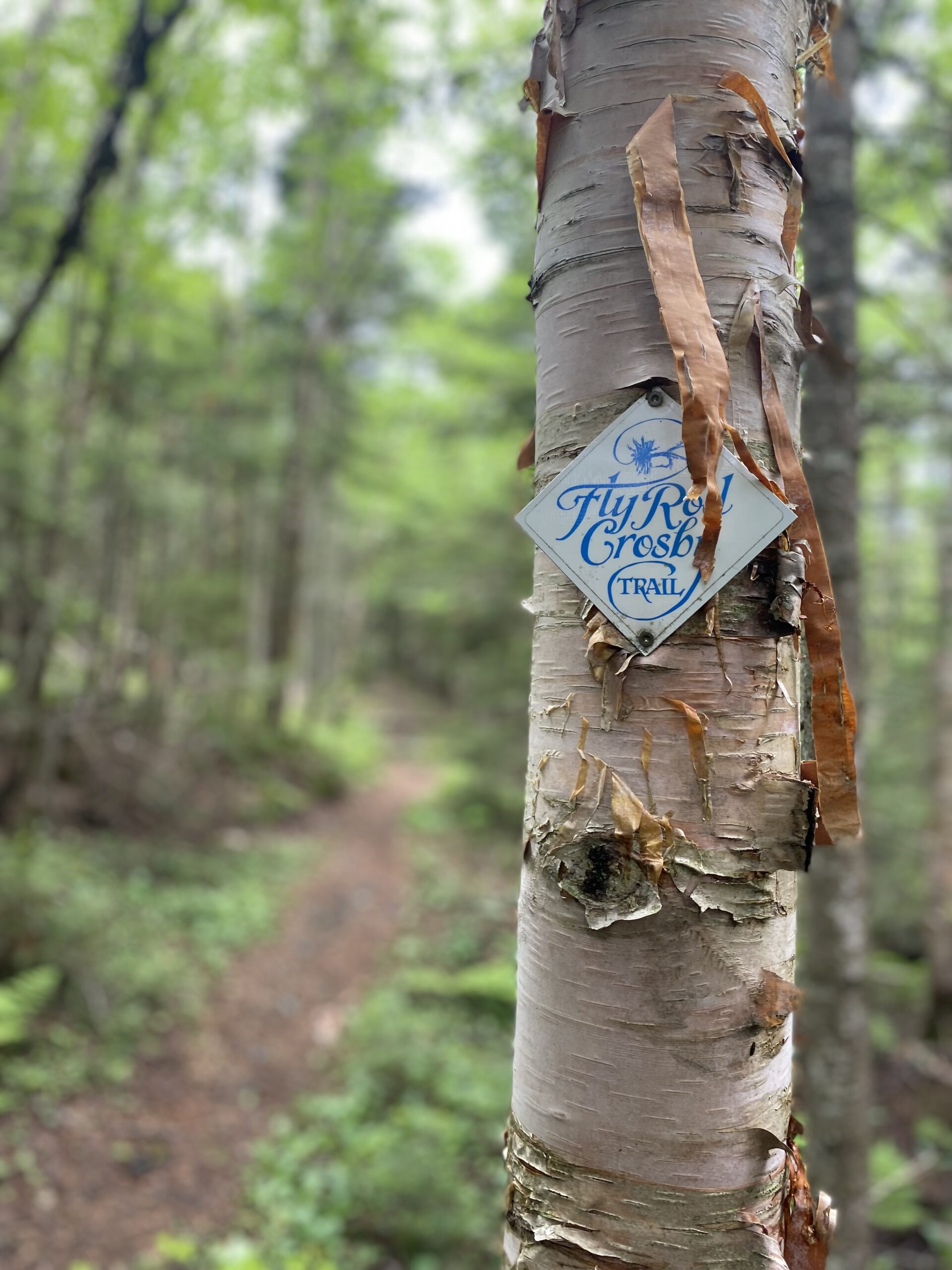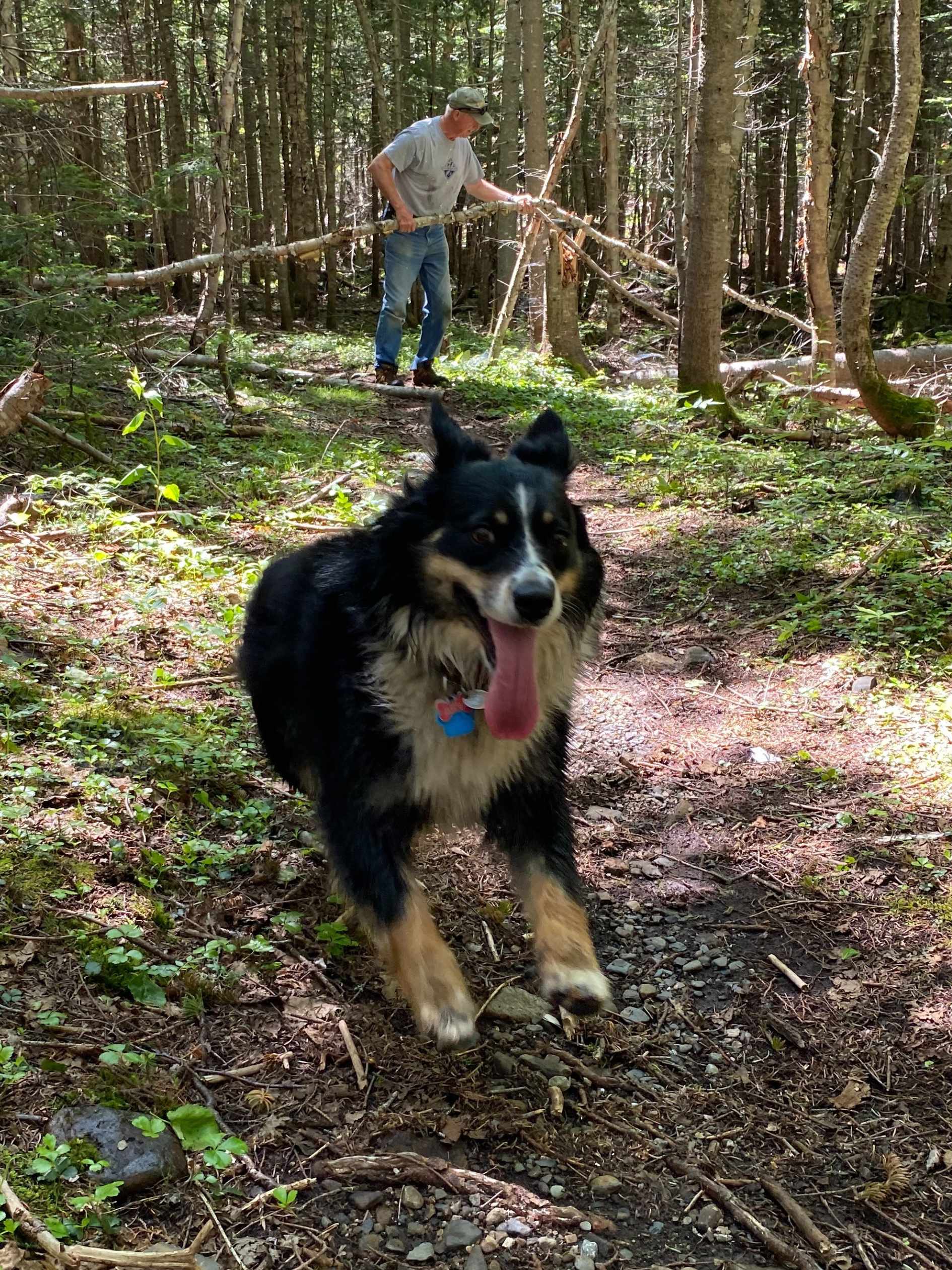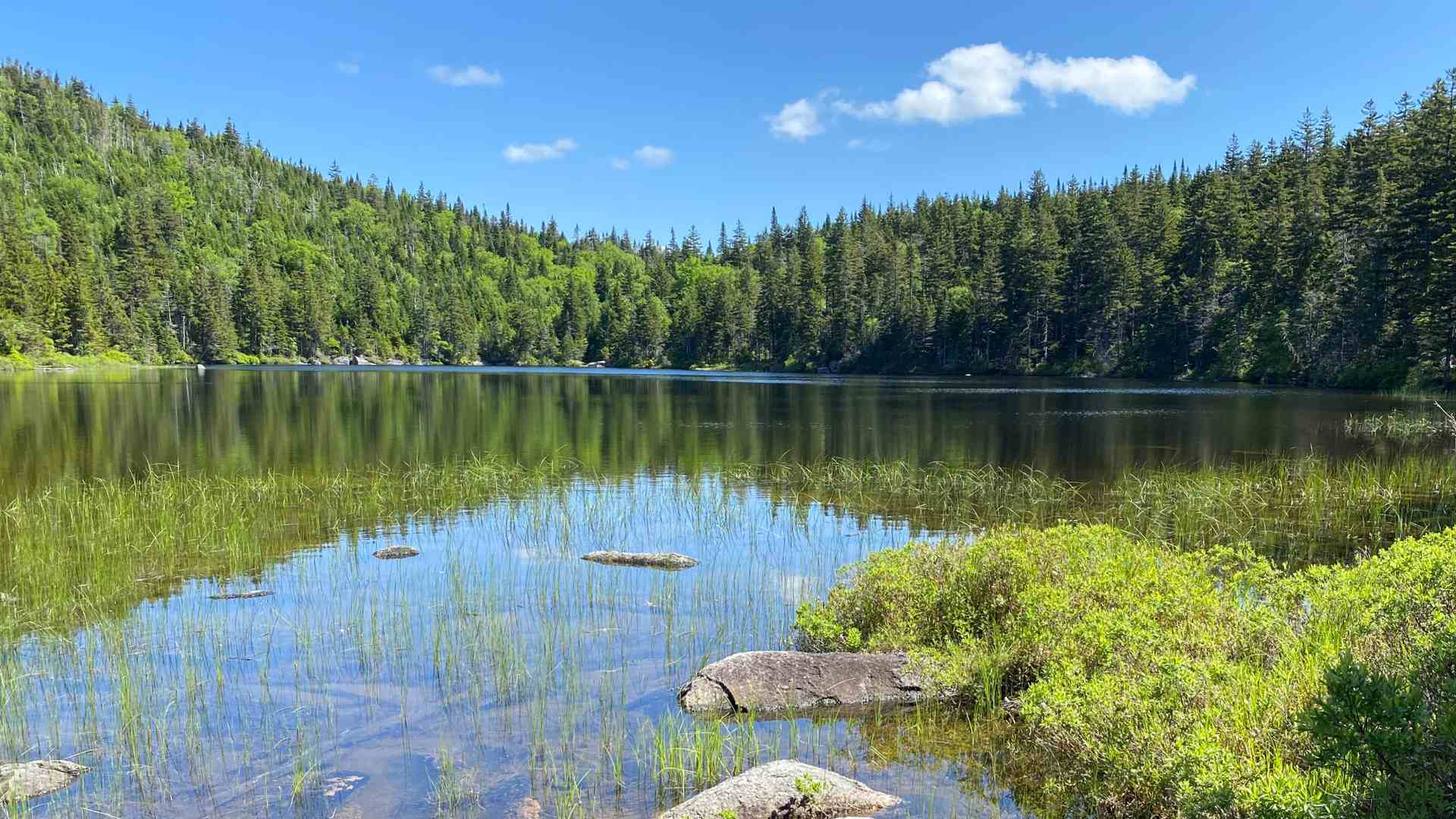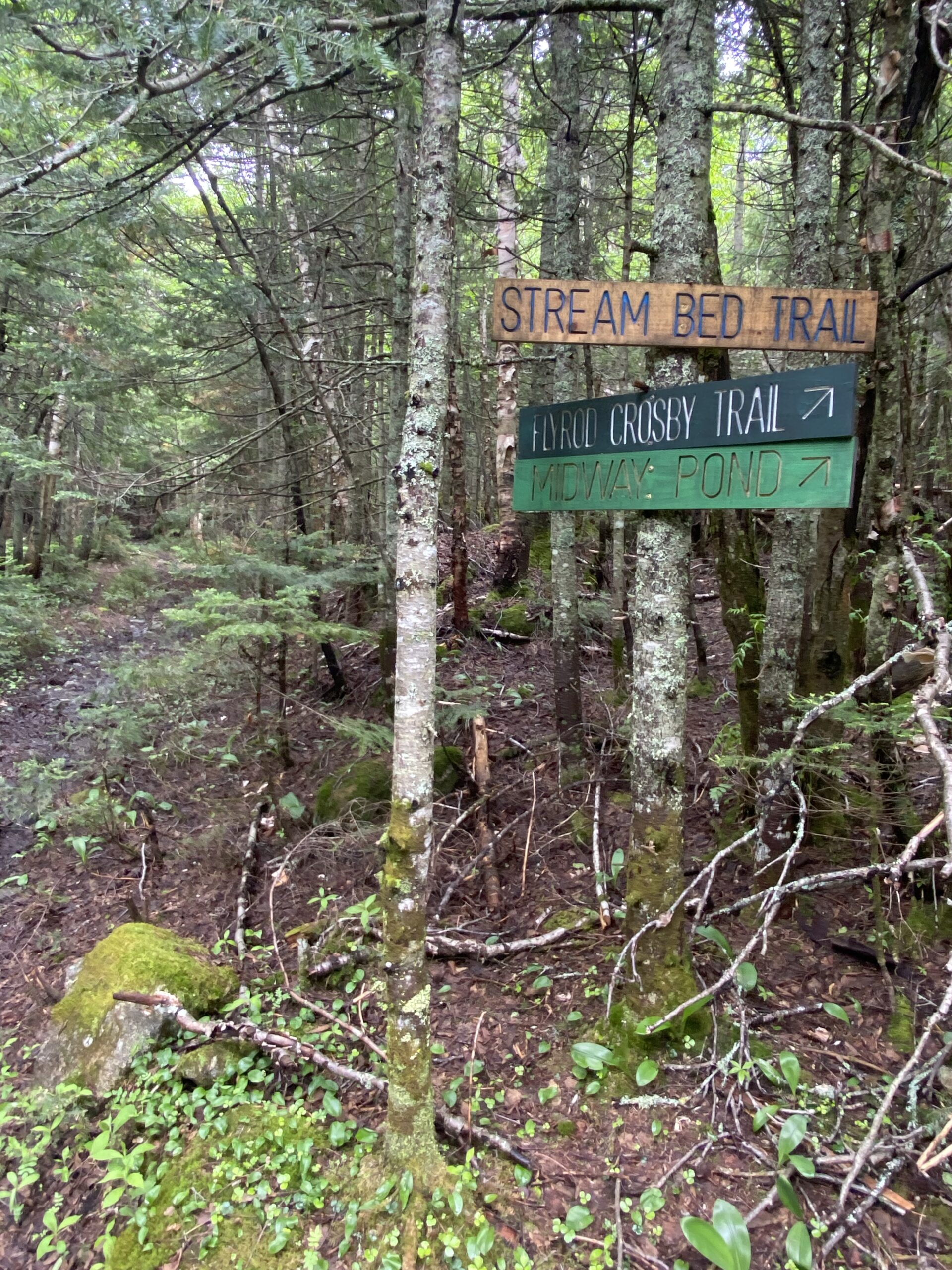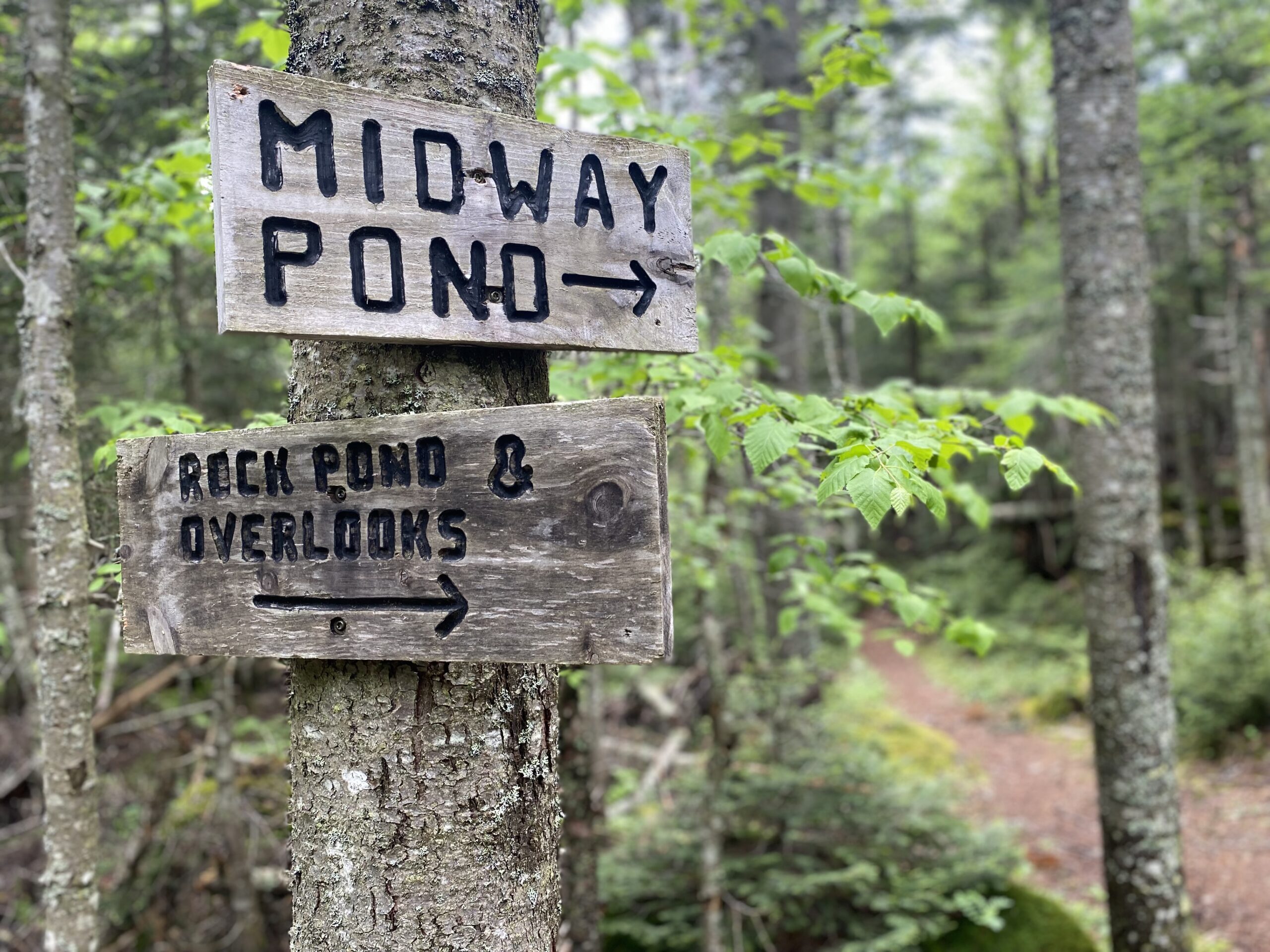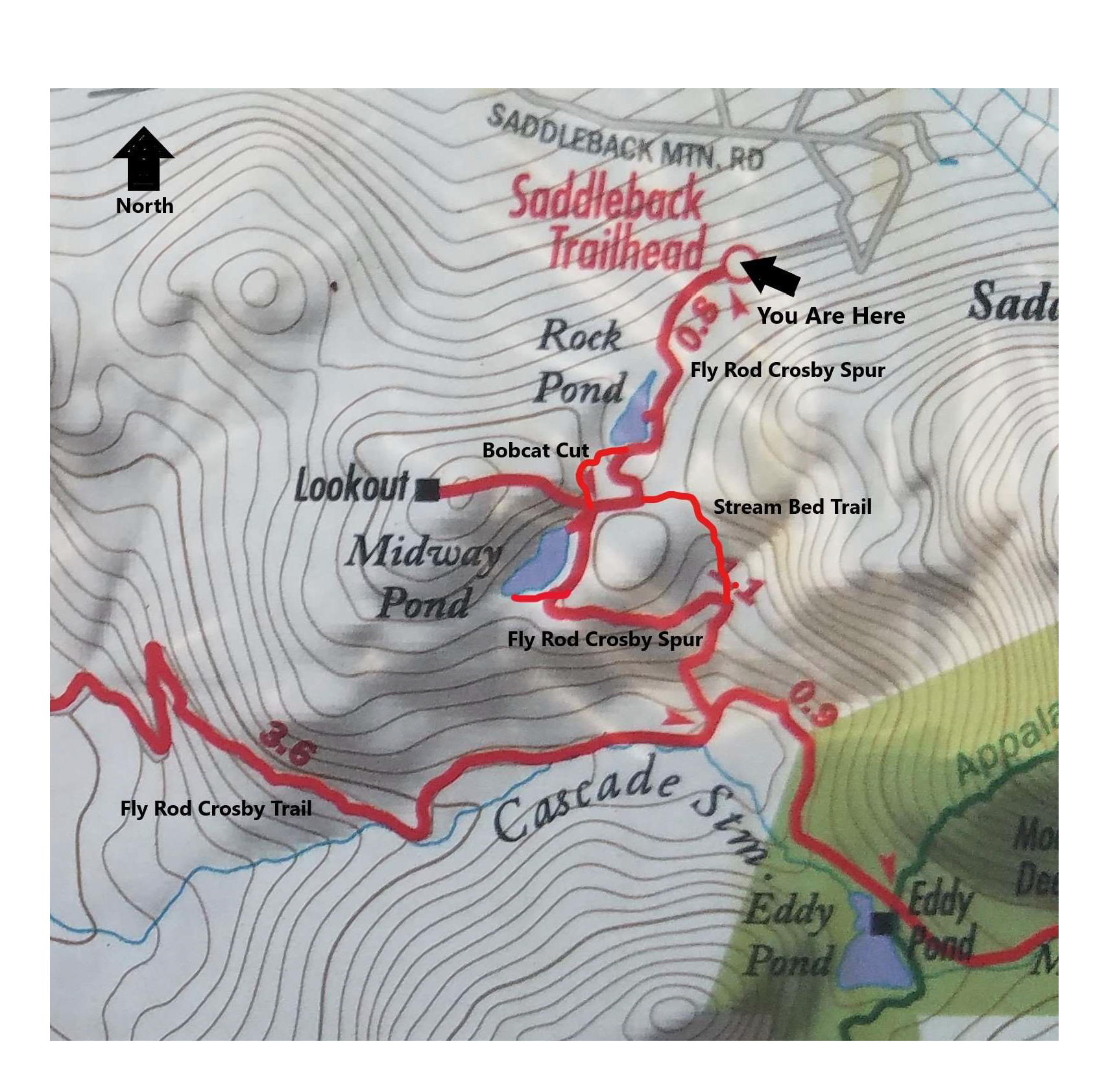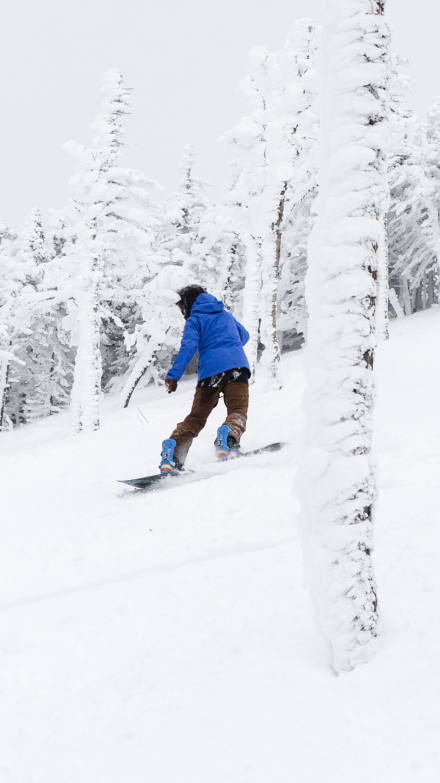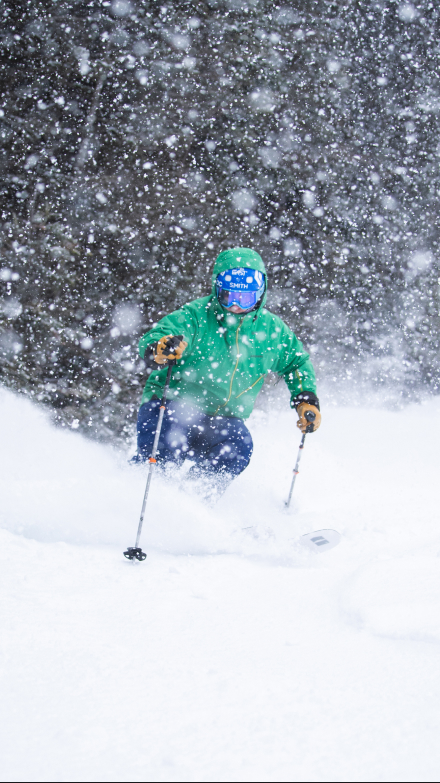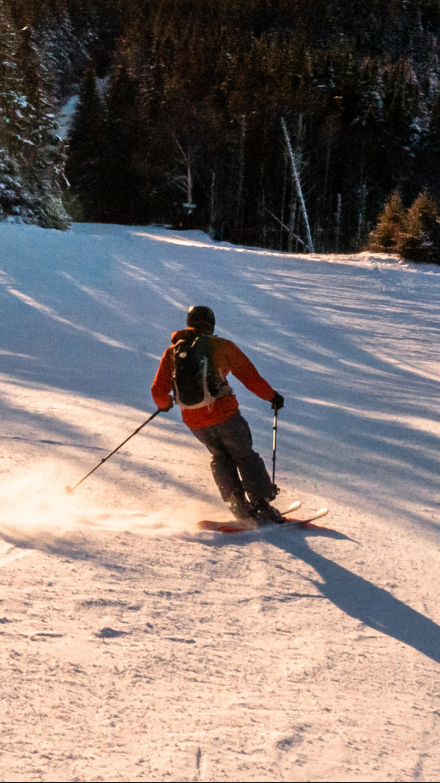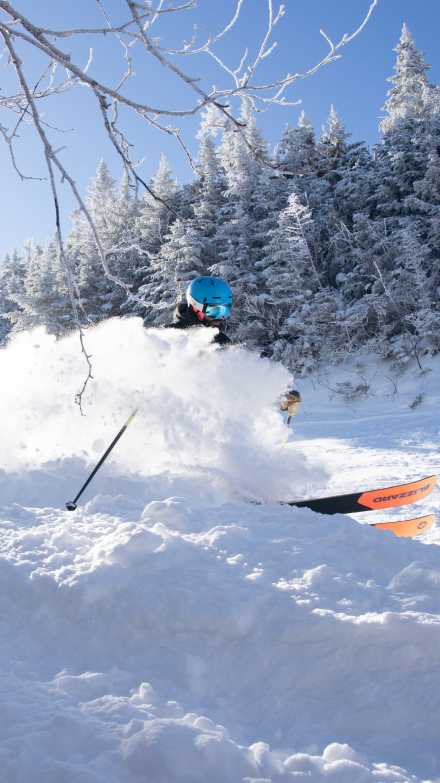What’s Under Your Feet When Hiking Saddleback
Saddleback is Maine’s third-largest alpine zone and second-most trafficked. With over 200 miles of visibility on a bluebird day, most people climb the mountain for the breathtaking 360-degree views, but the real treat is what’s under your feet.
The ridgeline is home to 3 miles of rare, and fragile alpine flora. There are less than 50 miles of alpine tundra like it in all of New England. As you start to climb above the top of the Kennebago Quad and ski patrol shack, the first thing you’ll probably notice is the trees start to change. These short, twisted trees are called Krummholz. Many Krummholz trees only ever reach 3 feet tall – even at 10 years old. The harsh conditions on the mountain force these plants to adapt to overcome the elements.
The ecosystem on Saddleback is incredibly diverse and home to some of the rarest plant and bird species in the East. Labrador-tea, Diapensia, and Bicknell’s Thrush are just a few species that call Saddleback’s summit their home.
Near the summit, there is another hidden gem you won’t find too often. A rare ALPINE BOG, that is commonly mistaken for a pond. This bog is extremely fragile and should not be used as a water source. Dogs and kids should not swim in, play in or drink from it.
If you continue past the Saddleback summit another 1.7 miles, you’ll find The Horn. The Horn sits at 4,041 feet making it one Maine’s fourteen 4000-footers. Did you know that ten out of the fourteen high peaks are located within 40 miles of Saddleback?
How can you help protect this fragile environment and beautiful ecosystem? Foot traffic only is permitted above the tree line. Hikers should always travel on durable surfaces above the tree line, like rock or dirt. Even though the life up here can withstand the elements, it can’t withstand trampling. It only takes 5 or 6 footsteps to kill 80% of an alpine plant’s root and, because of the short season they have, it takes 15-20 years for that to recover. Dogs should always be on leash above tree line. For more info on HIKING SADDLEBACK, reference this helpful PDF GUIDE from the APPALACHIAN TRAIL CONSERVANCY.
